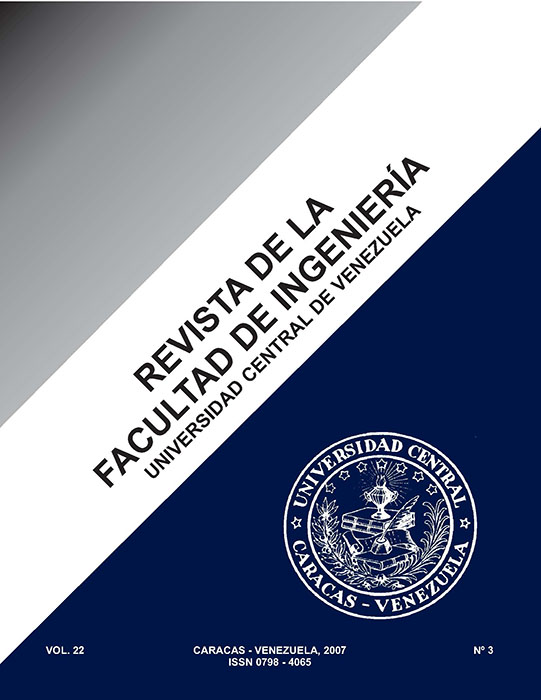DISTRIBUCIÓN DE FORAMINÍFEROS EN EL SANTONIENSE Y SU RELACIÓN CON EL EVENTO ANÓXICO EAO3: FORMACIÓN LA LUNA, RÍO SAN MIGUEL, ESTADO MÉRIDA / SANTONIAN FORAMINIFERS DISTRIBUTION AND THEIR RELATION WITH THE OAE3 ANOXIC EVENT: LA LUNA FORMATION SAN MIGUEL RI
Keywords:
Formación La Luna, Cuenca de Maracaibo, Santoniense, Foraminíferos pláncticos y bénticos, Evento anóxico oceánico, Cambio climáticoAbstract
La Formación La Luna, en la sección del río San Miguel, está caracterizada por margas negras intercaladas con calizasnegras depositadas en un ambiente nerítico superior a batial superior en condiciones anóxicas/disóxicas. Cambios en lasasociaciones de foraminíferos aportan información de los factores que influyeron en la acumulación de depósitos ricos enmateria orgánica durante el Santoniense. Los foraminíferos bénticos sugieren que la tendencia general en la acumulaciónde carbono orgánico en esta área estuvo principalmente controlada por variaciones en el contenido de oxígeno en lainterfase agua-sedimento. Durante el Santoniense tardío, una tendencia de enfriamiento en el clima global promovió laintensificación de vientos fríos y de la surgencia, este cambio probablemente redujo las precipitaciones que trajo comoconsecuencia un debilitamiento de la picnoclina y desestabilizó la estratificación de la columna de agua, disminuyendo lapreservación del carbono orgánico total en una cuenca más somera. Cambios en el clima global y en la circulación oceánicaresultado de la profundización y ampliación del Atlántico Ecuatorial, pudieron ser mecanismos importantes que marcan elfinal de la anoxia que fue común en el norte de Suramérica durante el Cretáceo Tardío.
ABSTRACT
The La Luna Formation, in the San Miguel river section, is characterized by black marlstones interbedded with blacklimestones deposited under anoxic/dysoxic conditions in the upper neritic to upper bathyal environment. Changes inforaminifera assemblages provide insights into factors that influenced the accumulation of organic-rich deposits duringSantonian time. The benthic foraminifera data suggests that the general trend in the accumulation of carbon-rich depositsin this region was mainly controlled by variations in dissolved oxygen at the sediment-water interface in the early Santonian.During the late Santonian a cooling-trend in global climate increased wind strength and upwelling, this change probablyreduced runoff causing a weakening of the pycnocline and destabilized the stratification in the water column, decreasingthe total organic carbon preservation in a shallower basin. Global climate change and the establishment of full mid- anddeep-water exchange in response to the deepening and widening of the Equatorial Atlantic Gateway could have beenimportant mechanisms for ending the region-wide anoxia that was common in northern South America during the LateCretaceous.
Keywords: La Luna Formation, Maracaibo basin, Santonian, Planktic and benthic foraminifera, Ocean anoxic event, Climatechange.



